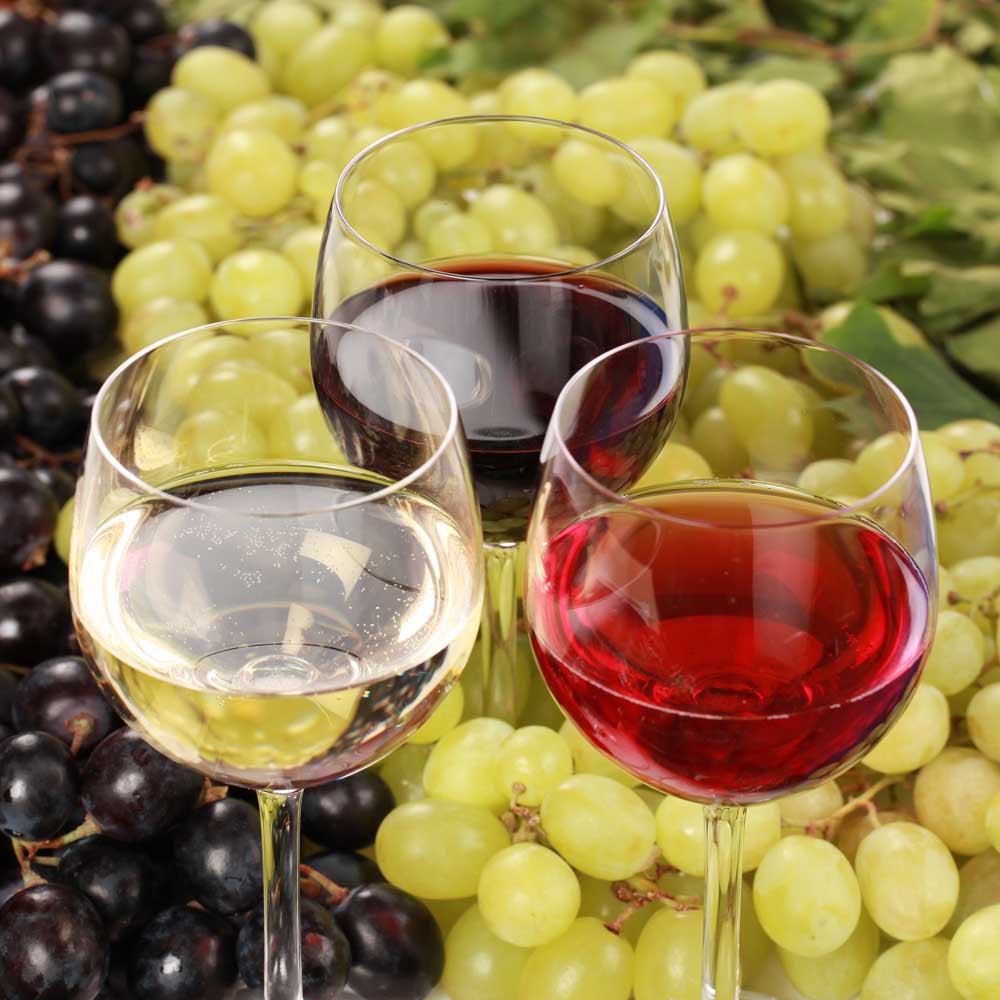The Wine Stream: Defining our wine-growing regions and ‘estates’
Published 8:30 am Monday, March 27, 2023

- Winegrapes (copy)
Perhaps you’ve heard someone say, “Oregon does things differently.” Well, that is certainly true when it comes to wine label regulations.
Oregon has more stringent regulations regarding what can go in the bottle, and how that shows on the label, than other states. Those are mainly numbers and percentages, but first let’s take a moment to look at the meaning of some wine terms.
Appellation is the term used globally to identify a specific geographical area for the purpose of growing wine grapes. AVA refers to American Viticultural Area and is a designated type of appellation of origin used to define a wine grape growing region. AVA is used only in the U.S. and is often used on wine labels to distinguish it from other regions by climate, style, varietal, and additional factors. The Southern Oregon AVA (2005) consists of two distinct sub-AVAs: Rogue Valley (1991) and Umpqua Valley (1984). Contained within the Rogue Valley AVA is the Applegate Valley AVA (2000), the place noted as the beginning of Oregon’s wine history. In 1852, Peter Britt planted the first wine grapes, and in 1873, he opened the first official Oregon winery.
The Willamette Valley AVA (1983) was the first official AVA in Oregon, and currently remains the most well-known. However, what many folks don’t know is that a lot of Southern Oregon-grown grapes are purchased and used in Willamette Valley wines. This is where intertwining began, entanglements occurred, and Oregon regulations were created to keep Oregon wines distinctive, and of higher quality.
Oregon labeling regulations require that when a label “claims or implies” to be an Oregon wine, 100% of the grapes must be grown in Oregon. If an AVA is listed, 95% of the grapes must be from it. This is in direct contrast to federal law that requires only 85% from AVA, and 75% from a state.
Another difference is with how grape varietals are labeled. Oregon requires at least 90% of a varietal must be used when stated as a single named varietal. Federal regulation permits 75%, allowing for 25% of additional varietals to be added. In other words, a syrah made in another state could contain up to 25% of one or more different varietals. However, these wines are not considered blends.
When wines are purposely blended, such as a traditional GSM (Grenache, syrah, Mourvèdre), the percentages of each varietal are generally shown on the label. If a wine is a blend of wines and doesn’t meet the labeling requirements, it’s usually labeled as “red blend” or “white blend,” and “white wine,” or “red wine.” But if it states “Oregon,” know that all the wines used were grown in Oregon, just perhaps not the same appellation.
And there is an exception. We’re in Oregon, after all. Because Oregon has numerous microclimates and is able to grow over 100 wine grape varieties, there are several that are required to be only 75%. Some of these varieties are Old World and were traditionally used in blends, so in keeping with tradition, Oregon allows a 25% blend. These are mainly Rhône and Bordeaux varietals, but also include tempranillo, tannat and zinfandel, among others.
Another term is “estate.” This term can only be used in conjunction with an AVA label — if the winery is within the designated AVA, 100% of the grapes were grown on the AVA, and all production and direction was at the winery, under control of the producing winery.
The downside to these regulations is competition with other states that do not have the same specific regulations. Not really a downside, except perhaps in price where a lower quality wine can be produced and sold for less. Just understand that wines created in Oregon are under more precise standards, and that top varietals are “purer,” creating a higher quality wine.










